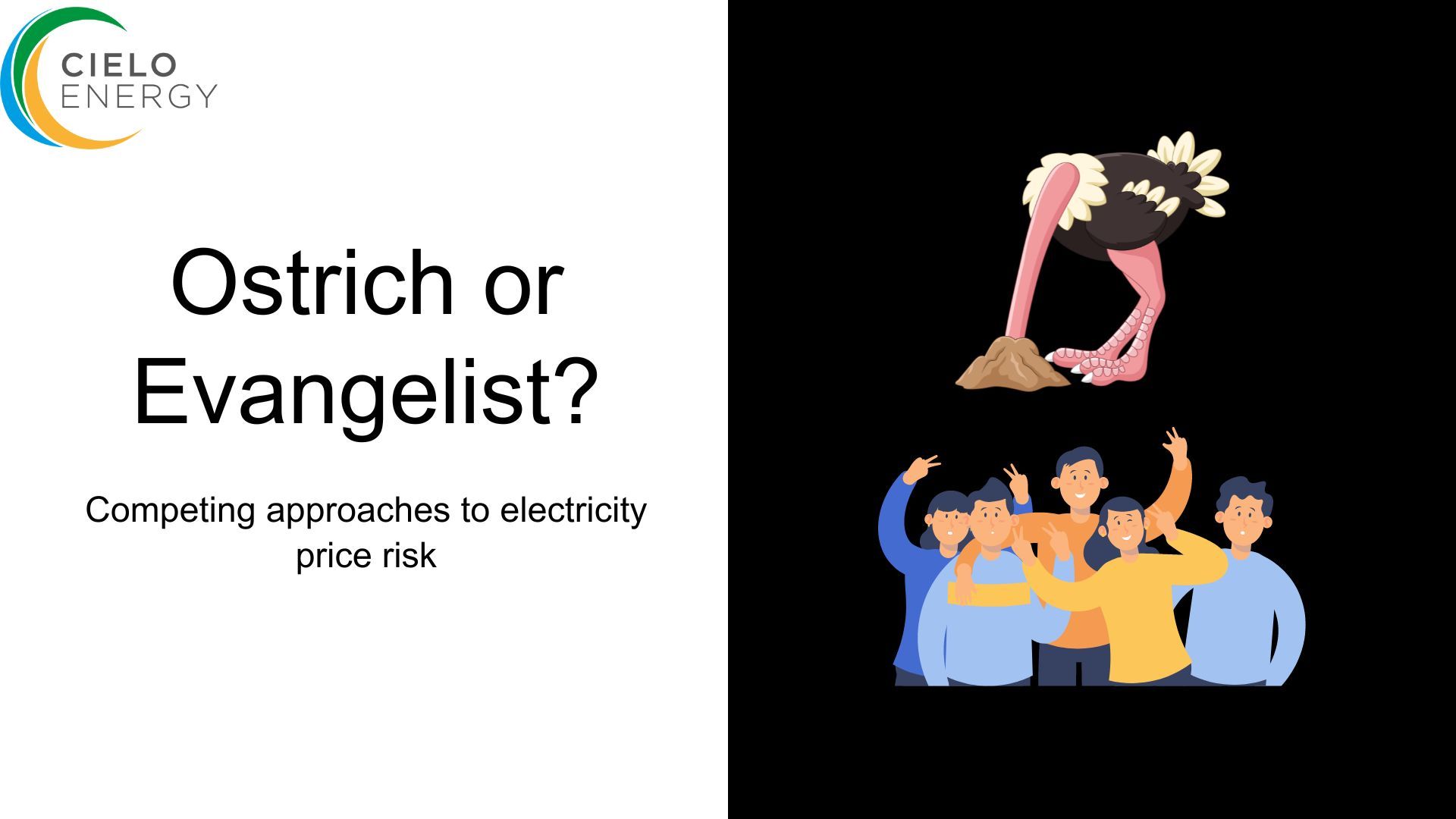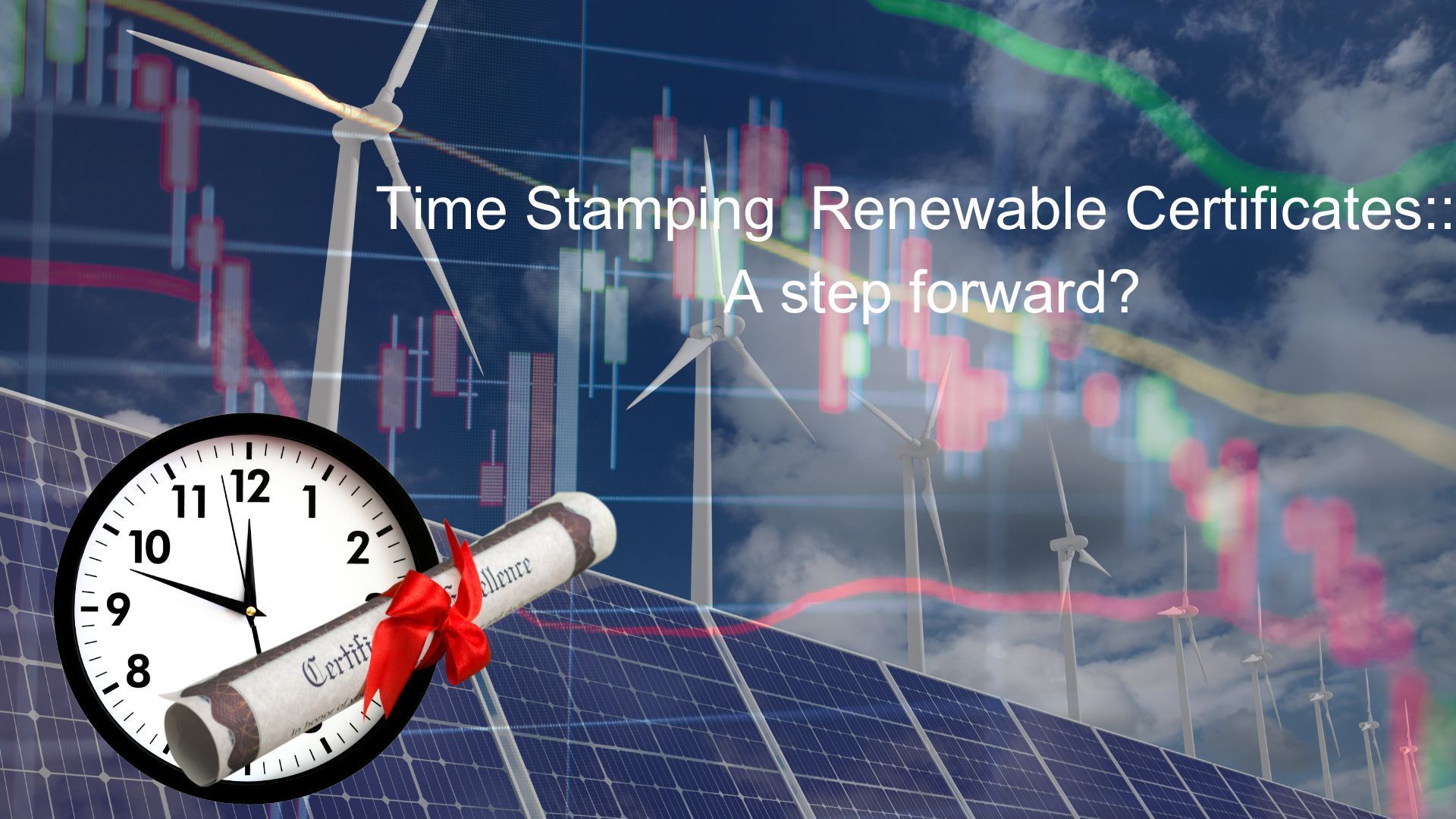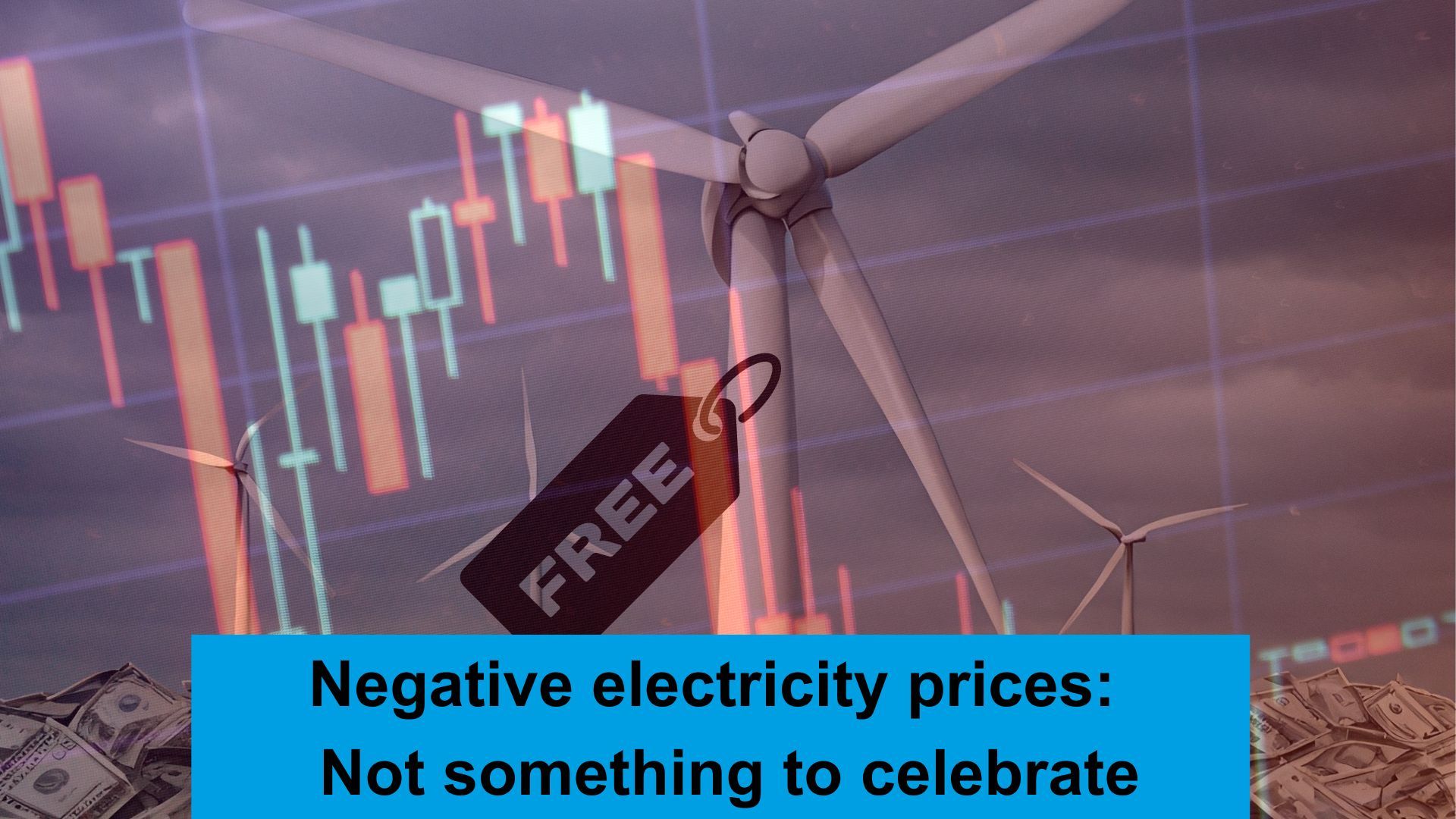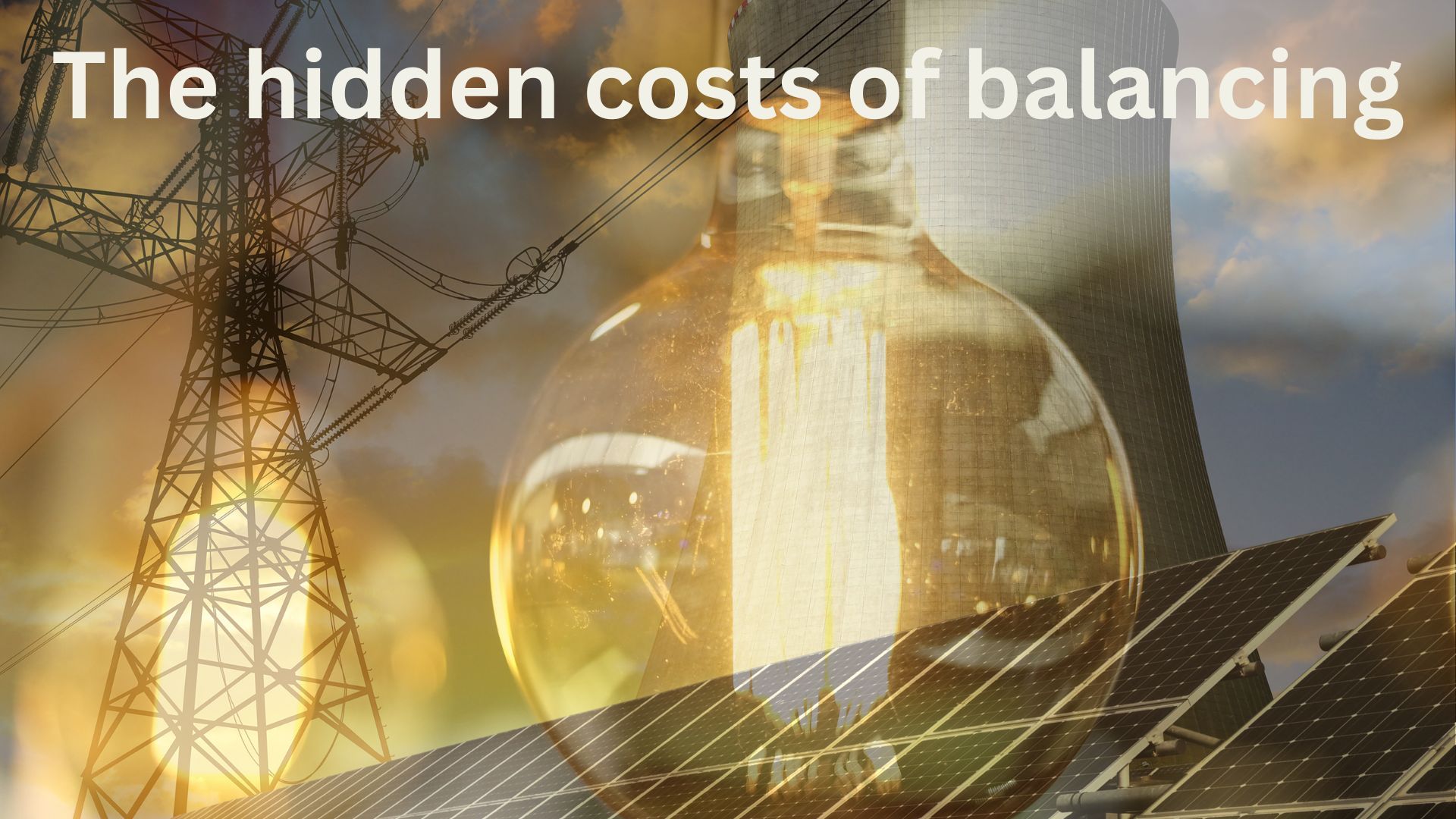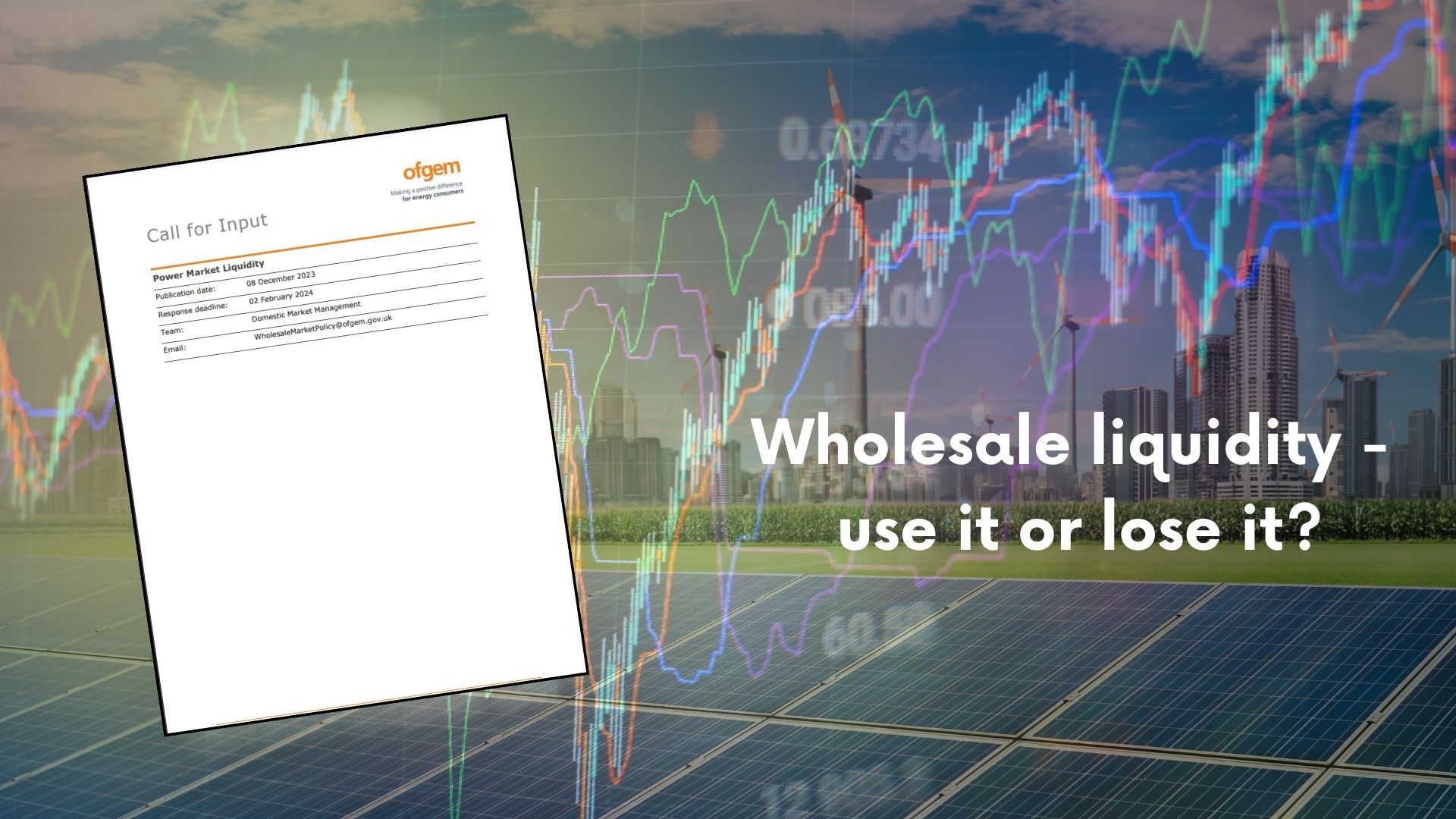Has your organisation done its bit? One of the easiest ways to prove to the world that you care about the environment is to switch to a green electricity tariff.
If you have, well done, pat yourself on the back and make sure it’s put in the annual report for a bit of positive PR. But what are you actually trying to achieve with your electricity supply?
Maybe you work for a large company and it’s simply about compliance, where using renewable energy delivers against some of your obligations. Then frankly, you probably won’t worry too much. You’ll have done all that’s expected of you. But if you really care and you’re trying to make a difference then you need to look deeper.
From where I’m sitting this is where the problems start. When you do an in-depth check there really isn’t a lot in the market that fits the bill.
To make a difference, shouldn’t your tariff be directly tied to renewable energy? Shouldn’t it be directly paying for more renewables to come on stream? As far as I can see, the tariffs just aren’t there.
100% renewable – really?
Your tariff might be sold as 100% renewable energy but there’s nothing stopping an energy supplier buying electricity produced from any source on the open market and then perfectly legally also buying Renewable Energy Guarantees Origin (REGO) certificates or Guarantees of Origin (GOO) from the EU to cover the same amount of energy.
A renewable generator is entitled to a REGO or GOO certificate for each megawatt hour of electricity it produces. These can be lawfully brought and sold and cost very little, but make the electricity supplied 100% renewable for reporting purposes.
And that’s my main issue. So much of what I see in the commercial and domestic markets is simply greenwash marketing. Good Energy has regularly complained about this, but even then, there isn’t a 100% guarantee that a tariff is actually making a difference in the way customers may expect.
As a result, aren’t we all guilty of greenwashing?
Truly renewable
The closest I’ve seen to what I’m talking about is from Ripple Energy, where you join a co-operative and buy a proportion of a wind farm. This is unusual, because most renewables are financed on the back of subsidies that are passed to all customers through their bills, no matter who claims to be supplying the energy. The result is that any company claiming the output misrepresents the reality of how the generation came to exist. In reality, a power purchase agreement (PPA) doesn’t do anything more than a REGO only deal – the off taker is just taking the energy at the market price at the time they transact the PPA (and probably immediately re-hedging it for risk management purposes) rather than actually getting anything new built.
So, if you really want to make a positive difference, you need to find a tariff which is supporting the building of new solar and wind farms. I’m sure they will come but for the moment anything that has been built or is already being developed, is happening (and you’re paying for it) whether you have a green tariff or not.
The energy market is complex and getting more complicated if you want independent help approaching it, feel free to get in touch. Cielo Energy offers an independent advisory and consultancy service on all things energy for companies across the market; built on real world experience.
Stuart Lloyd – Evans
Share this on social media





